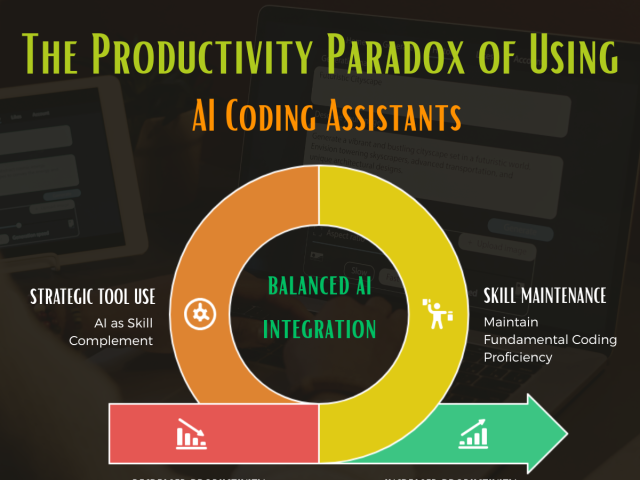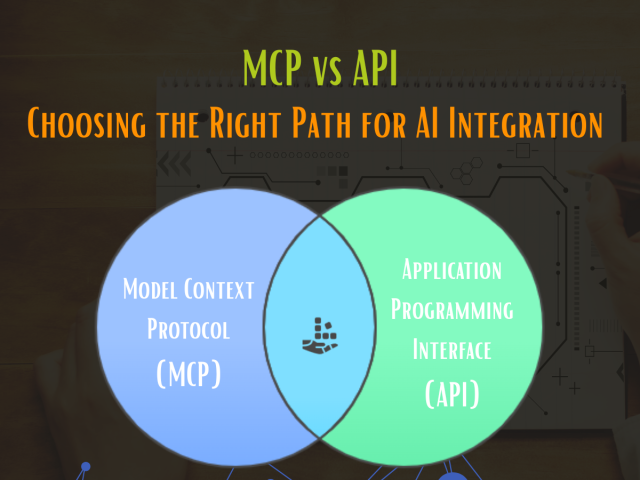Scaled Agile vs Agile scrum – While developing software, there are certain principles that are followed with jurisdiction to properly develop a solution that complies with all the requirements of an organization. Certain type of software, such as the Agile software, also have certain requirements that have evolved with collaborative cross-functional teams. Over the course of the evolution, the Agile software has seen two different frameworks. The first being the Agile Scrum, heavily based on an approach of adaptive planning and collaboration. The second framework is the Scaled Agile framework (SAF). The SAF enables the organization to be a scalar entity and encourages a faster and less rigid response to change.
Agile Scrum Framework Implementation
The Agile Scrum approach was designed to tackle the traditional approach that is based on a sequential order of operations within an organization. As Scrum dictates collaboration and self-encouragement, it is not a favourite among middle management for implementing in an organization. With Agile Scrum framework there is minimal managerial authority, intervening the work culture. For this reason, while implementing the Agile Scrum is recommended as an ideal framework for an individual, it is not ideal for an organization where there are differential managerial levels.
Agile Scrum values:
• Promise
• Courage
• Concentration
• Directness
• Value
Scale Agile Framework implementation
Unlike the Agile Scrum, the Scale Agile framework has been designed to be implemented in an organization, enabling the managerial body to use it to their advantage. It is a smarter and more integrative approach to software solution development. It is enterprise-friendly unlike Agile Scrum implementation enabling the management to ascertain their managerial and reporting authority. The management find working with SAF to be safe. Another added advantage of working with SAF implemented is in the ability of the organization to operate at different levels of authority. This advantage makes SAF, a scalar and flexible entity.
The principles of a Scale Agile Framework are:
• Consider economics in every viewpoint
• Adopt an approach of systems (systemic approach)
• Consider and assume inconsistency to preserve better options
• Integrative and terse learning cycles for a faster built
• Objective and thorough evaluation of setting milestones for working systems
• Restrict batch sizes to manage queue lengths better
• Reduce WIP (Work-in-progress)
• Synchronize and manage time across all domains for effective planning and management
• Decision-making and authority are to be decentralized
To conclude
While the Scrum approach offers a better learning experience and lays down the perfect foundation for a better approach meant for a professional mind-set and work culture. This is where the Scale Agile Framework offers a better and scalar approach for the organization.




